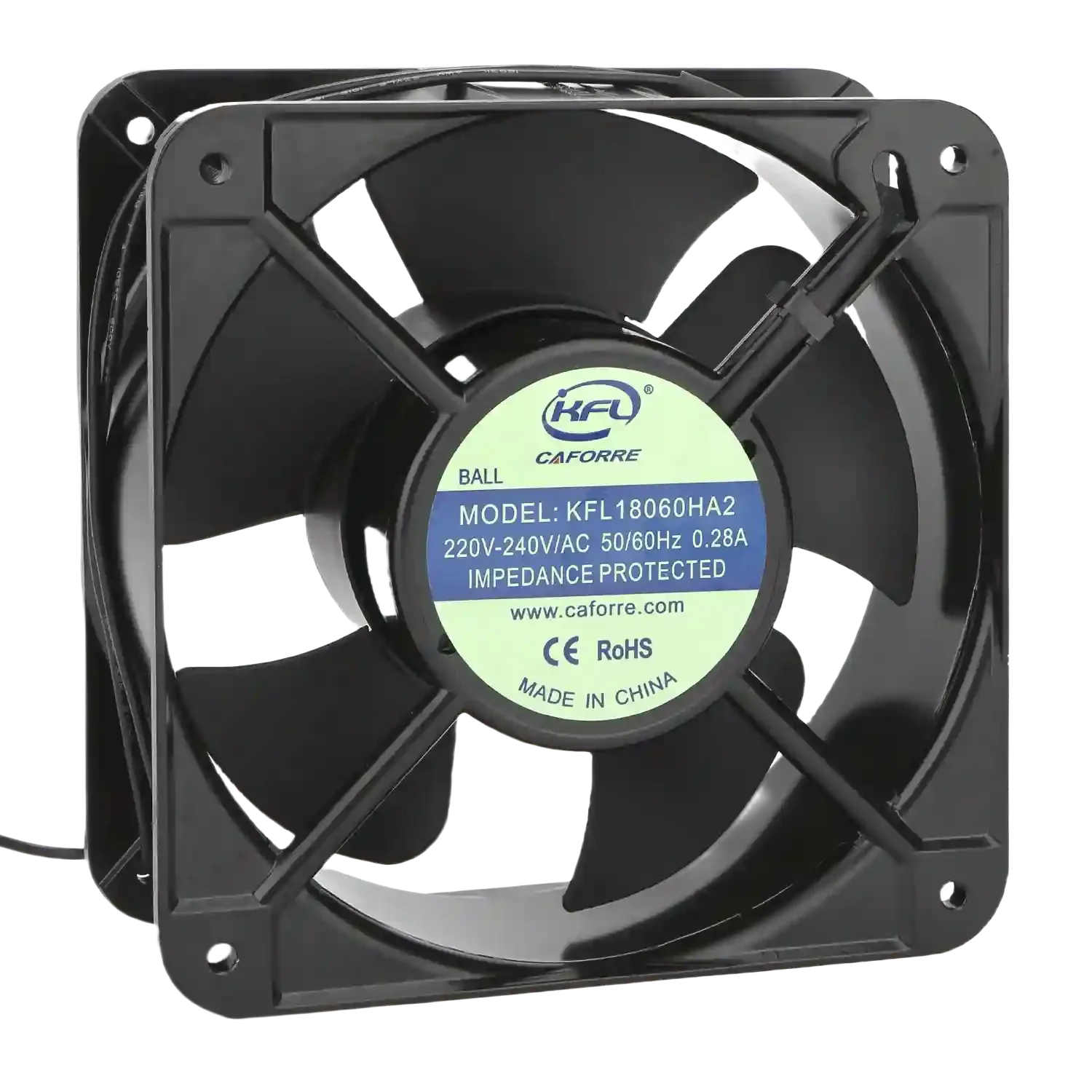When it comes to maintaining the pristine appearance of your vehicle, few things can be as frustrating as black scuff marks. These unsightly blemishes can result from various sources, including contact with other vehicles, parking lot mishaps, or even debris on the road. Fortunately, removing these marks doesn’t have to be a daunting task. In this article, we will explore effective methods and professional tips to help you restore your car's finish and keep it looking brand new.
Understanding the Nature of Scuff Marks
Before diving into removal techniques, it’s essential to understand what causes black scuff marks. Typically, these marks are made up of rubber or plastic residues that adhere to your car’s paint. The severity of the scuff can vary based on the material that caused it and how long it has been on the surface. Knowing this will help you choose the right removal method.
Essential Tools and Materials
To effectively remove black scuff marks, you will need a few essential tools and materials:
- Microfiber Cloths: These are gentle on your car's paint and effective for cleaning.
- Car Wash Soap: A pH-balanced soap will help lift dirt and grime without damaging the paint.
- Clay Bar: This is useful for removing embedded contaminants from the paint surface.
- Rubbing Compound: A mild abrasive that can help remove deeper scuffs.
- Polishing Compound: For restoring shine after the scuff has been removed.
- Detailing Spray: To finish off the process and add a protective layer.
Step-by-Step Guide to Removing Scuff Marks
Step 1: Wash the Affected Area
Start by washing the area around the scuff mark with car wash soap and water. This will remove any dirt or debris that could scratch the paint during the removal process. Use a microfiber cloth to gently scrub the area, then rinse thoroughly and dry with another clean microfiber cloth.
Step 2: Assess the Scuff Mark
After cleaning, take a closer look at the scuff mark. If it appears superficial, you may be able to remove it with a clay bar. If it’s deeper, you might need to use a rubbing compound.
Step 3: Use a Clay Bar
If the scuff mark is still visible after washing, take a clay bar and knead it until it’s pliable. Spray a detailing spray on the area and rub the clay bar over the scuff mark using a back-and-forth motion. This will help lift the residue without damaging the paint. Wipe the area clean with a microfiber cloth.
Step 4: Apply Rubbing Compound
For more stubborn scuff marks, apply a small amount of rubbing compound to a clean microfiber cloth. Gently rub the compound onto the scuff mark in a circular motion. Be cautious not to apply too much pressure, as this can damage the paint. After a few minutes, wipe away the compound with a clean cloth to reveal the results.
Step 5: Polish the Area
Once the scuff mark is removed, it’s time to restore the shine. Apply a polishing compound to a fresh microfiber cloth and buff the area in a circular motion. This will help blend the repaired area with the surrounding paint and enhance the overall appearance.
Step 6: Protect the Finish
To ensure your car remains protected from future scuff marks, consider applying a wax or sealant to the area. This will create a barrier against dirt and debris, making it easier to clean in the future.
Additional Tips for Prevention
- Regular Maintenance: Regularly washing and waxing your car can help protect the paint and make it easier to remove scuff marks when they occur.
- Parking Smart: Be mindful of where you park. Avoid tight spaces where your car is likely to come into contact with other vehicles.
- Use Protective Film: Consider applying a clear protective film to vulnerable areas of your car, such as bumpers and door edges, to prevent scuff marks from occurring in the first place.
Conclusion
Removing black scuff marks from your car doesn’t have to be a stressful experience. With the right tools and techniques, you can restore your vehicle's appearance and protect it from future damage. By following the steps outlined in this guide, you’ll not only enhance your car’s aesthetic appeal but also prolong its lifespan. Remember, regular maintenance and smart parking choices are key to keeping your vehicle looking its best. Happy detailing!

